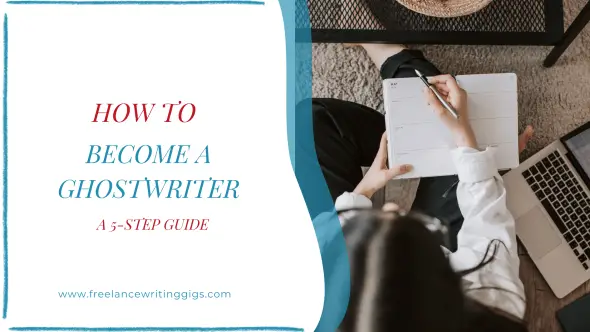The real work of leadership that many don’t talk about
Twelve years ago, I was interviewing with Suzanne “Suz” Gibbs Howard for a role at Ideo. Suz had been a partner at Ideo for about 20 years and had built her career as a human-centered consultant. I was a young, aspiring designer who didn’t fully understand the enormity of the brand’s name. I just knew how to design learning experiences. I was 25 years old and had previously worked as a grassroots organizer, where I designed experiences to bring people together. After that, I found myself at an online university startup in San Francisco. As fate would have it, Suz had an idea to build a learning platform (which would later become Ideo U), and she needed a junior instructional designer. “Yes!” I blurted out when she asked if I’d be up for a six-week experiment. But in the hours after the call, the fear started to creep in. Sure, I was at a fast-paced, fairly chaotic startup, but it was still a steady job. I’d also just finished grad school with student loans. I also lived in a city where people paid $1,200 to live in a walk-in closet. I paced around my living room and called her back. “Hey Mark,” she said. “Hi Suz,” I said nervously, but still unaware that the question I was about to ask was ridiculous: “If this doesn’t work out . . . will you have my back?” Suz said yes. But she’d later tell me that her “yes” carried a weight for her. That night, she brought it up with her husband: “Should I have said yes? I mean, I don’t know if it will work out. And he’s taking a risk.” Great leaders have your back Suz never once went back on her word. She had my back from that day forward. She mentored me—even when I was probably being difficult. She invested in me, signed me up for sessions with a leadership coach, and connected me with mentor after mentor. Even years after I left Ideo to move to Berlin, she’d go out of her way to see me and respond to all my notes within a day. She knew the gravity of saying she’d have my back. She didn’t take it lightly. And she surely didn’t owe that promise to a 25-year-old kid. She was—and still is—a giant in the field of design innovation. But that’s her style of leadership: she walks alongside you. That experience taught me just how important it was for leaders to have their people’s backs. And that requires the following: 1. See the whole person Supporting your people begins with seeing the wholeness of those you lead. The Japanese term sei-katsu-sha—which describes seeing a person in the fullness of their lifestyle, dreams, and aspirations—captures this beautifully. Everyone is unique—get to know their specific flavor. What makes each person tick? What makes their heart sing? What motivates them? 2. Be the net When they take risks, let them know you’re there to catch them. When they stumble, don’t just criticize them—you also need to offer support, resources, or time to help them recover and learn. It shows them you believe in their potential, even in tough moments, especially in tough moments. What are their fears? How might you help design the conditions for them to lean into those with bravery? 3. Cocreate Yes, I know. It’s such an overused word. But having someone’s back means inviting them into spaces where you can roll up your sleeves together, spaces that are about work and growth. Set goals together that align with the team’s mission. Find out what their long-term career aspirations and North Stars are, and figure out how you might be able to help them stretch in a way that gets them closer to that goal. 4. Tell the truth with care Now, I get that this doesn’t always scream “I’ve got your back.” When you’re young (and a little naive, like I was), it can feel like a critique. But the leaders who truly had my back showed me that my blind spots weren’t just flaws—they were part of what made me whole. For example, my ability to light up a room and unlock people could also suck a room dry if I was burned out or stressed. 5. Show up, don’t just say so Don’t just say the thing, do the thing. The most inspiring leaders don’t wait for the perfect moment—they create it. They understand that words are hollow without the weight of action behind them. They know that action is where purpose meets the real world—and where real growth begins. What’s one small step that you can take to show up? What’s something you can do that they might remember forever? Suz changed my life. We both believed in the sanctity of those words: I have your back. Back then, I only understood them in the context of friendship. Now I know what they mean by leadership. And here’s what I’ve learned: it’s not just about giving. There’s something profoundly reciprocal about it all. The real gift is getting to witness someone else grow, thrive, and leave their mark on the world. That’s the beauty—those relationships, built on mutual care, end up shaping you just as much as you shape them.

Twelve years ago, I was interviewing with Suzanne “Suz” Gibbs Howard for a role at Ideo. Suz had been a partner at Ideo for about 20 years and had built her career as a human-centered consultant.
I was a young, aspiring designer who didn’t fully understand the enormity of the brand’s name. I just knew how to design learning experiences. I was 25 years old and had previously worked as a grassroots organizer, where I designed experiences to bring people together. After that, I found myself at an online university startup in San Francisco.
As fate would have it, Suz had an idea to build a learning platform (which would later become Ideo U), and she needed a junior instructional designer.
“Yes!” I blurted out when she asked if I’d be up for a six-week experiment. But in the hours after the call, the fear started to creep in. Sure, I was at a fast-paced, fairly chaotic startup, but it was still a steady job. I’d also just finished grad school with student loans. I also lived in a city where people paid $1,200 to live in a walk-in closet. I paced around my living room and called her back.
“Hey Mark,” she said.
“Hi Suz,” I said nervously, but still unaware that the question I was about to ask was ridiculous: “If this doesn’t work out . . . will you have my back?”
Suz said yes. But she’d later tell me that her “yes” carried a weight for her. That night, she brought it up with her husband: “Should I have said yes? I mean, I don’t know if it will work out. And he’s taking a risk.”
Great leaders have your back
Suz never once went back on her word. She had my back from that day forward. She mentored me—even when I was probably being difficult. She invested in me, signed me up for sessions with a leadership coach, and connected me with mentor after mentor. Even years after I left Ideo to move to Berlin, she’d go out of her way to see me and respond to all my notes within a day.
She knew the gravity of saying she’d have my back. She didn’t take it lightly. And she surely didn’t owe that promise to a 25-year-old kid. She was—and still is—a giant in the field of design innovation. But that’s her style of leadership: she walks alongside you.
That experience taught me just how important it was for leaders to have their people’s backs. And that requires the following:
1. See the whole person
Supporting your people begins with seeing the wholeness of those you lead. The Japanese term sei-katsu-sha—which describes seeing a person in the fullness of their lifestyle, dreams, and aspirations—captures this beautifully. Everyone is unique—get to know their specific flavor. What makes each person tick? What makes their heart sing? What motivates them?
2. Be the net
When they take risks, let them know you’re there to catch them. When they stumble, don’t just criticize them—you also need to offer support, resources, or time to help them recover and learn. It shows them you believe in their potential, even in tough moments, especially in tough moments. What are their fears? How might you help design the conditions for them to lean into those with bravery?
3. Cocreate
Yes, I know. It’s such an overused word. But having someone’s back means inviting them into spaces where you can roll up your sleeves together, spaces that are about work and growth. Set goals together that align with the team’s mission. Find out what their long-term career aspirations and North Stars are, and figure out how you might be able to help them stretch in a way that gets them closer to that goal.
4. Tell the truth with care
Now, I get that this doesn’t always scream “I’ve got your back.” When you’re young (and a little naive, like I was), it can feel like a critique. But the leaders who truly had my back showed me that my blind spots weren’t just flaws—they were part of what made me whole. For example, my ability to light up a room and unlock people could also suck a room dry if I was burned out or stressed.
5. Show up, don’t just say so
Don’t just say the thing, do the thing. The most inspiring leaders don’t wait for the perfect moment—they create it. They understand that words are hollow without the weight of action behind them. They know that action is where purpose meets the real world—and where real growth begins. What’s one small step that you can take to show up? What’s something you can do that they might remember forever?
Suz changed my life. We both believed in the sanctity of those words: I have your back. Back then, I only understood them in the context of friendship. Now I know what they mean by leadership.
And here’s what I’ve learned: it’s not just about giving. There’s something profoundly reciprocal about it all. The real gift is getting to witness someone else grow, thrive, and leave their mark on the world.
That’s the beauty—those relationships, built on mutual care, end up shaping you just as much as you shape them.




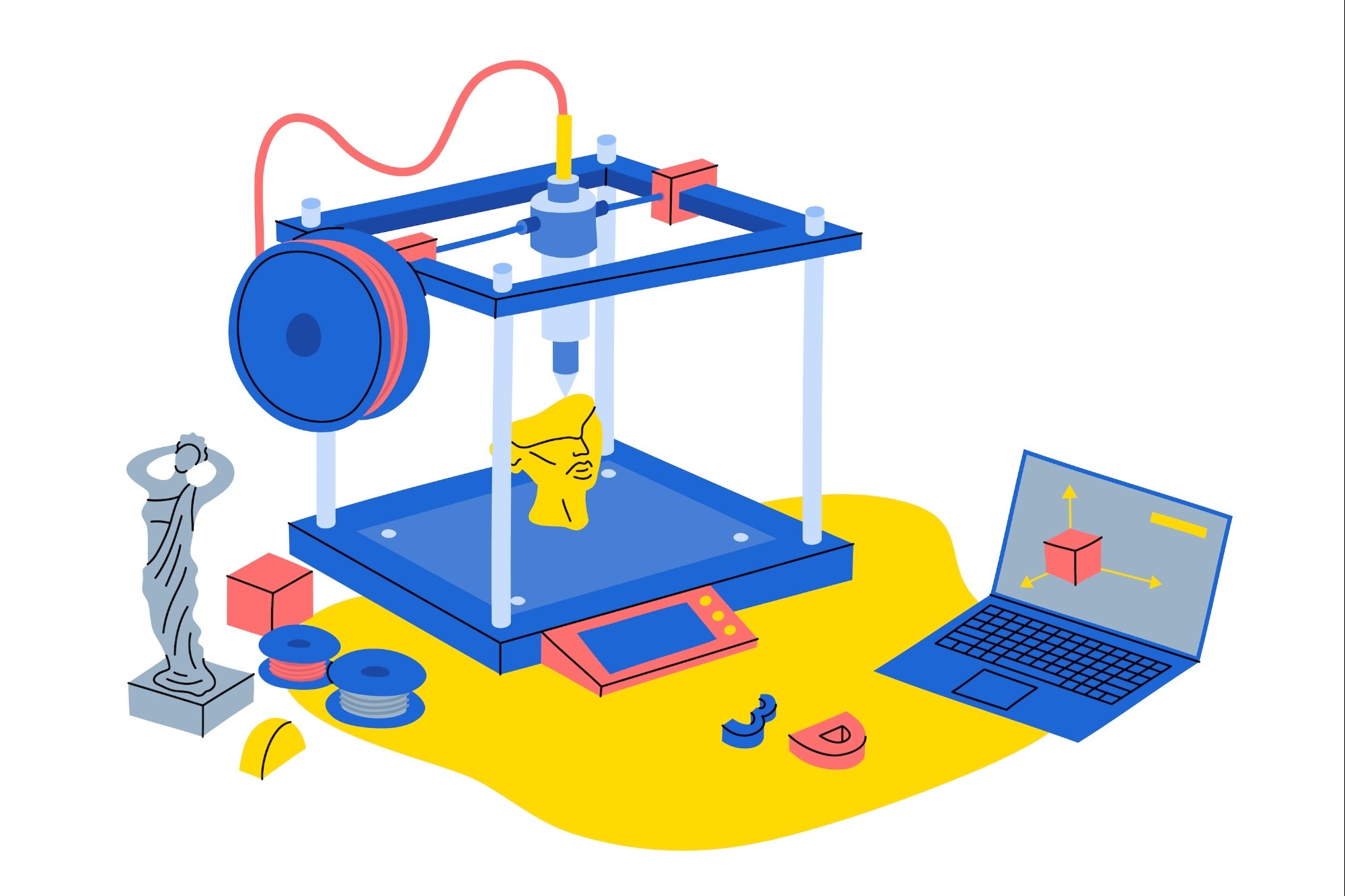





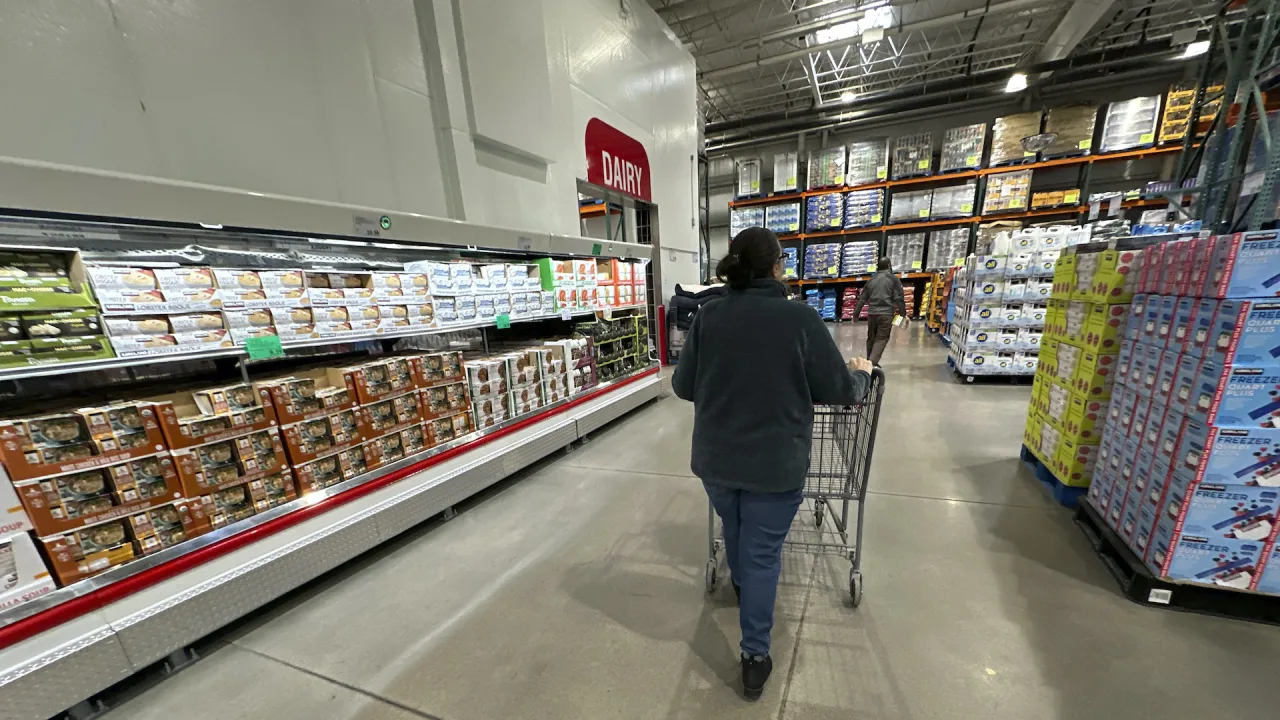
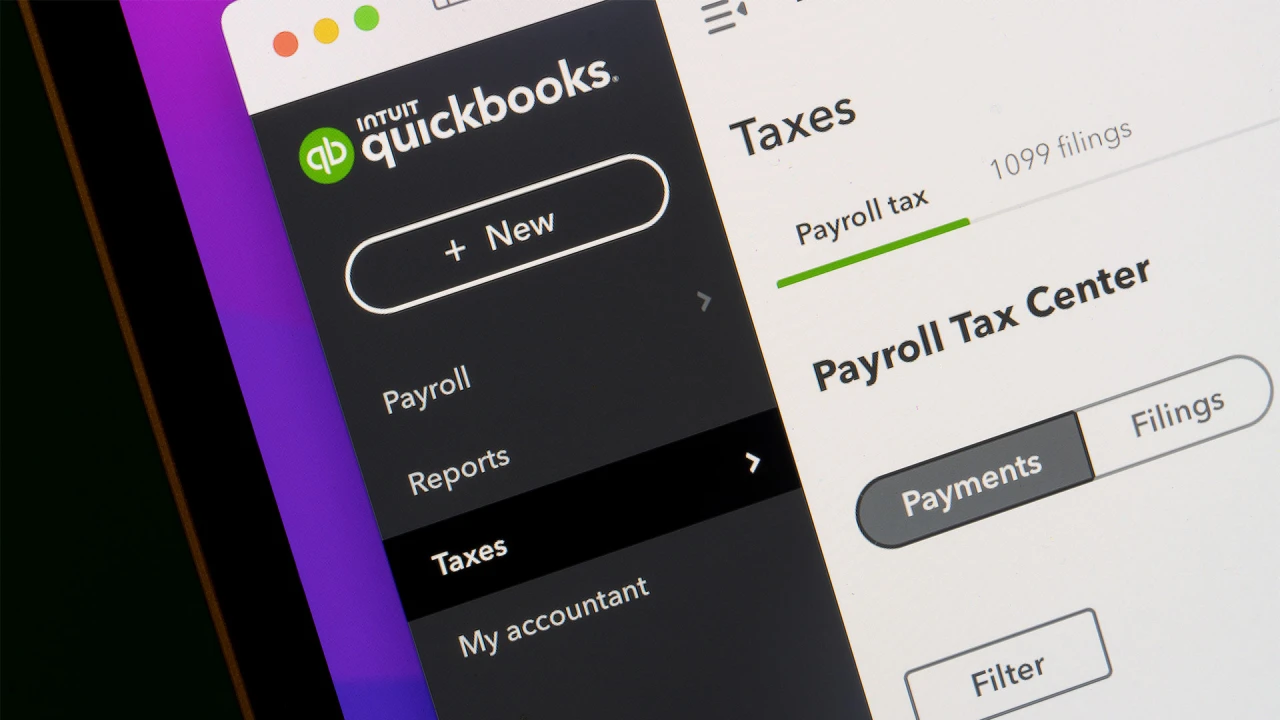












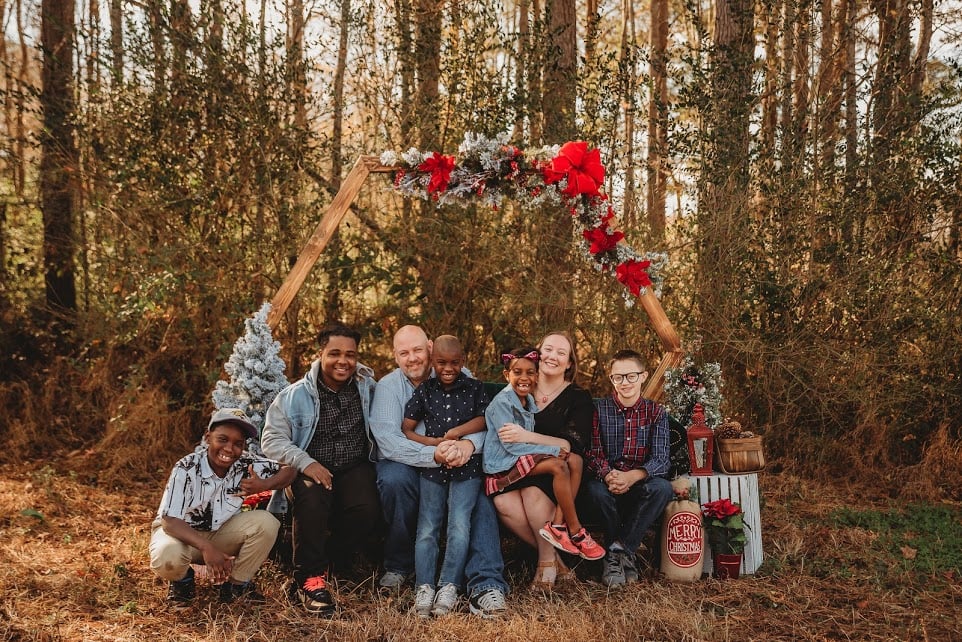










































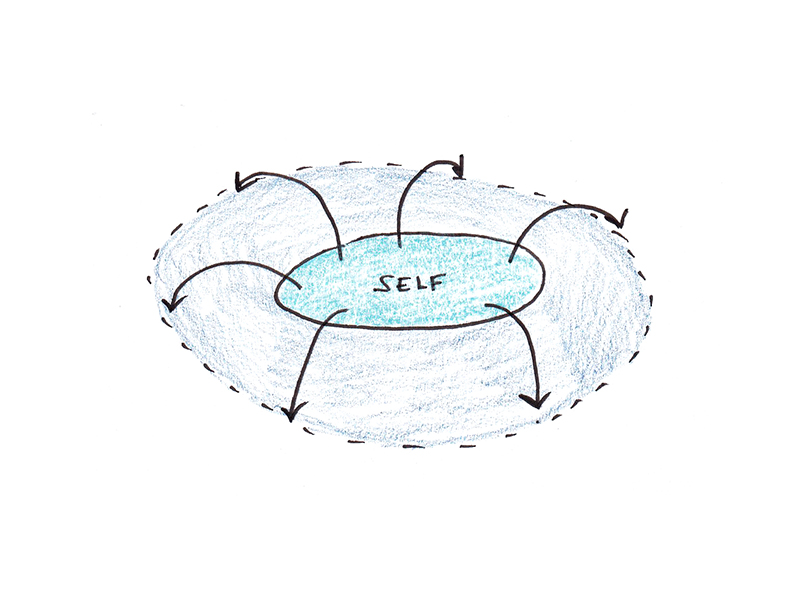





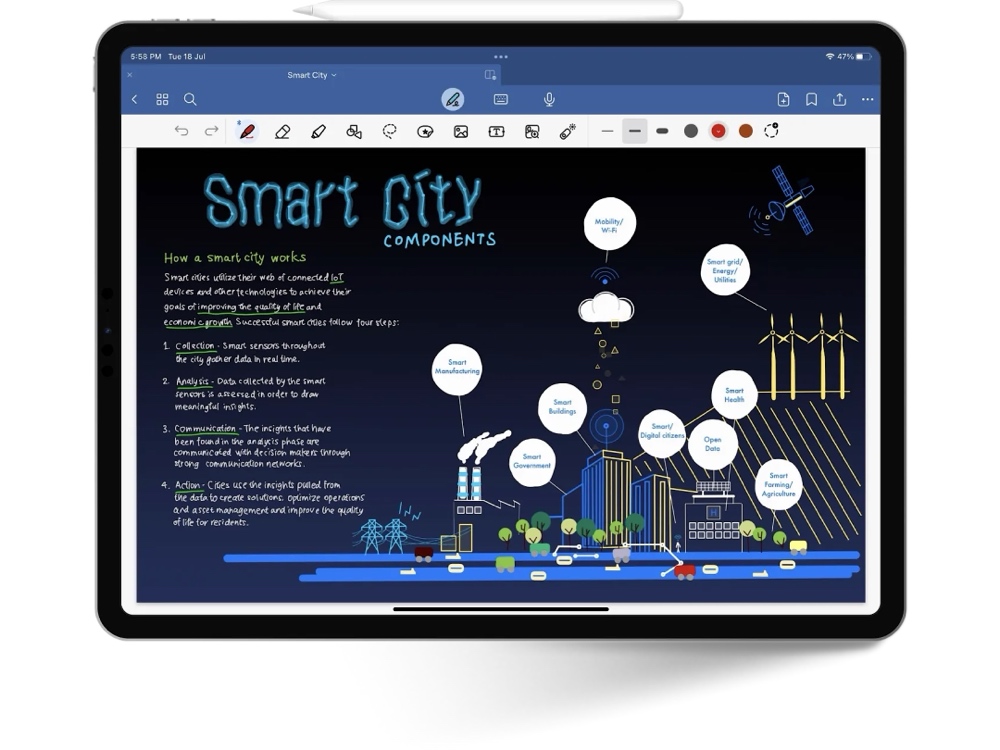

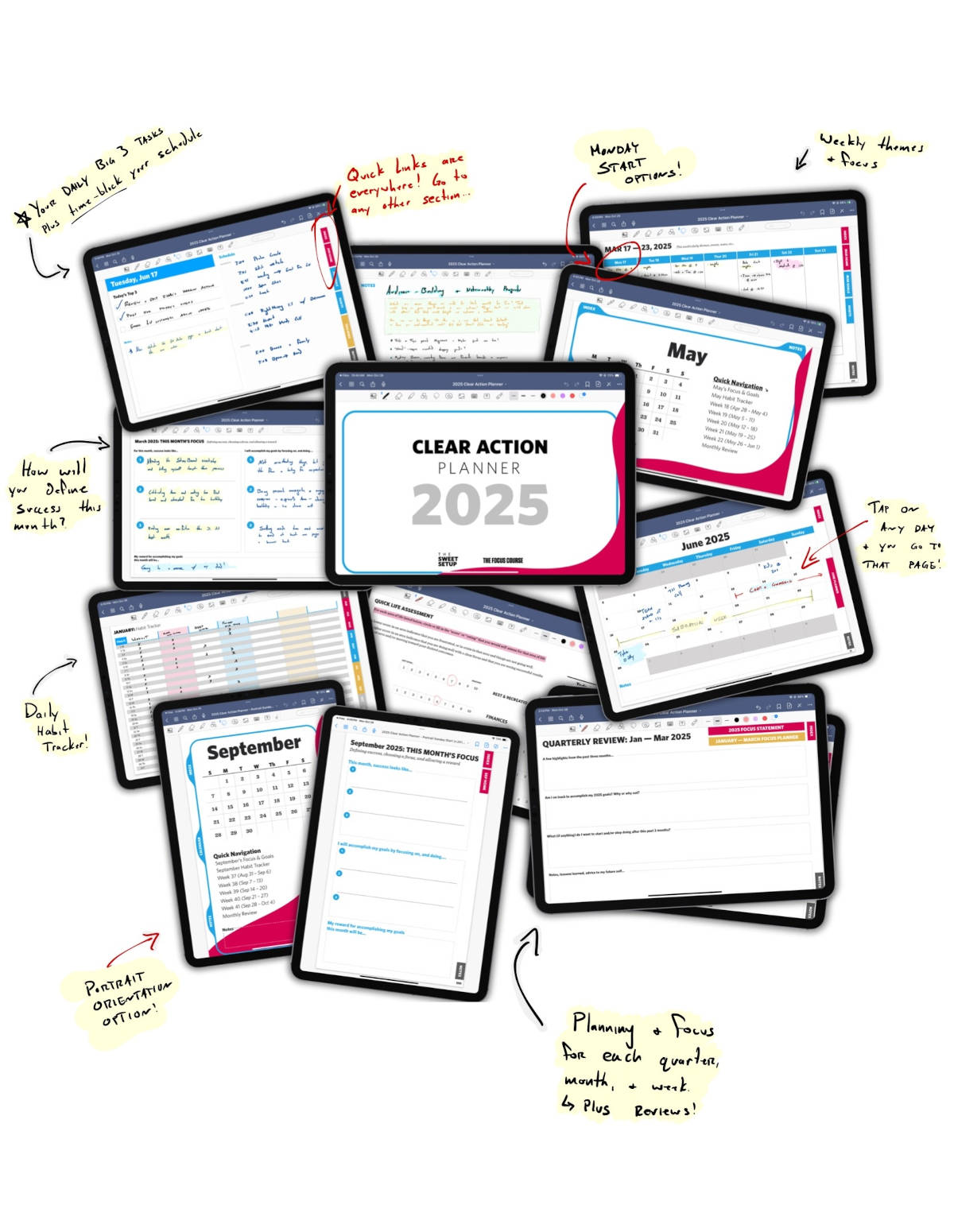
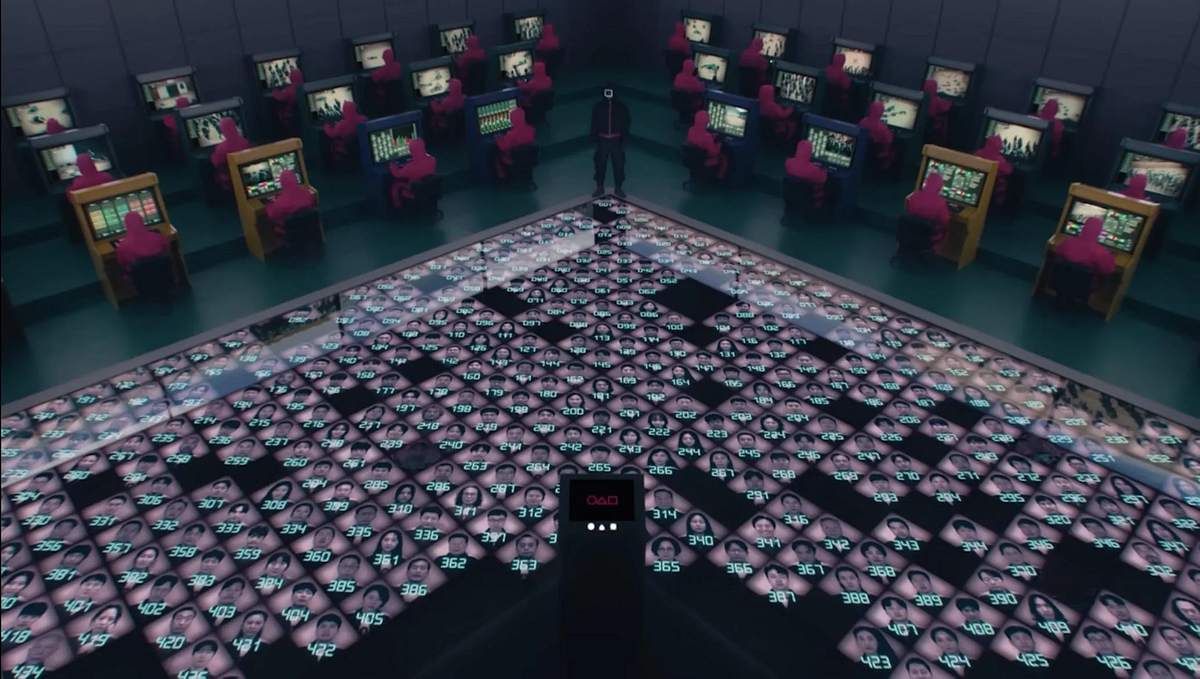



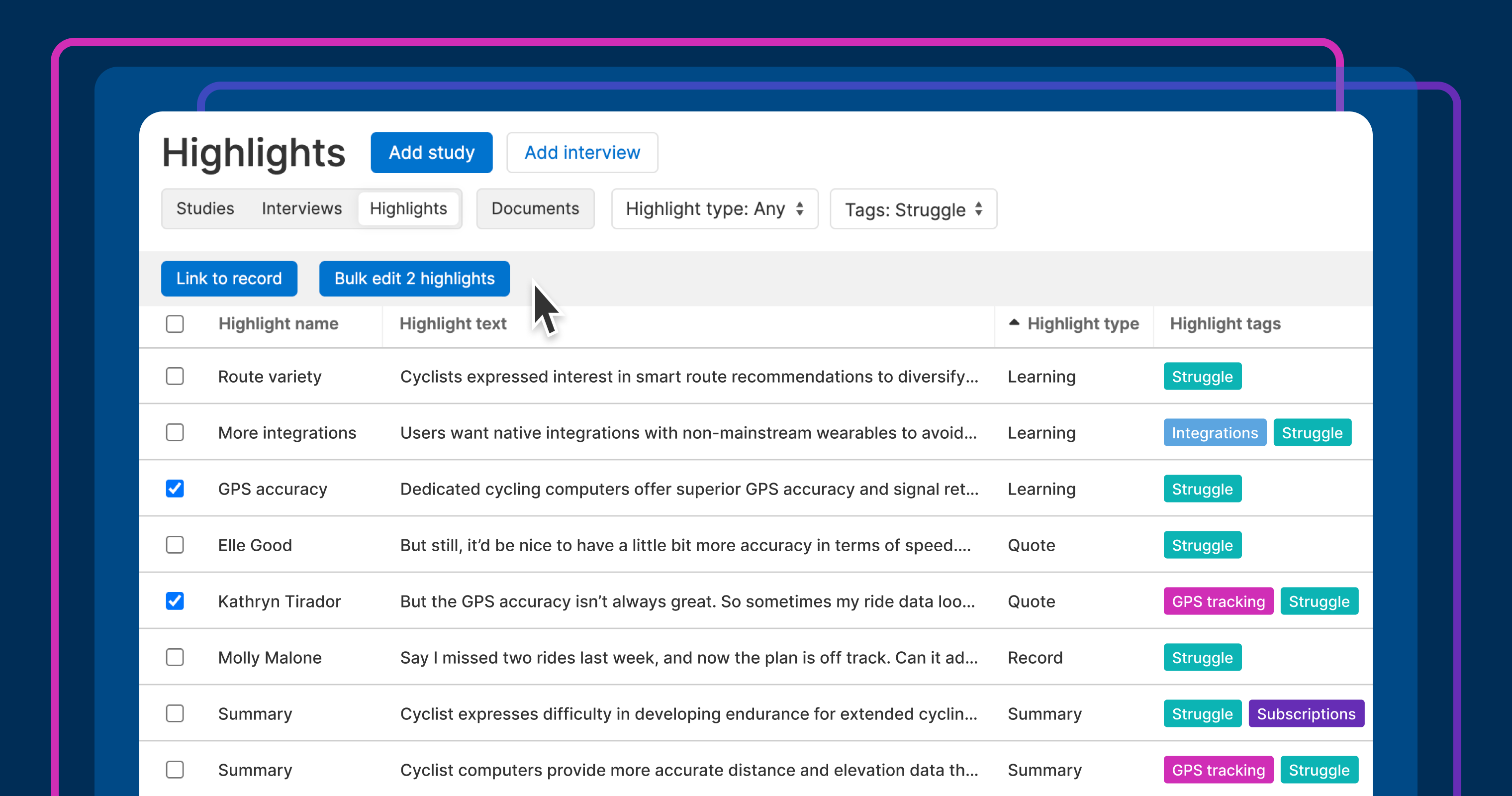


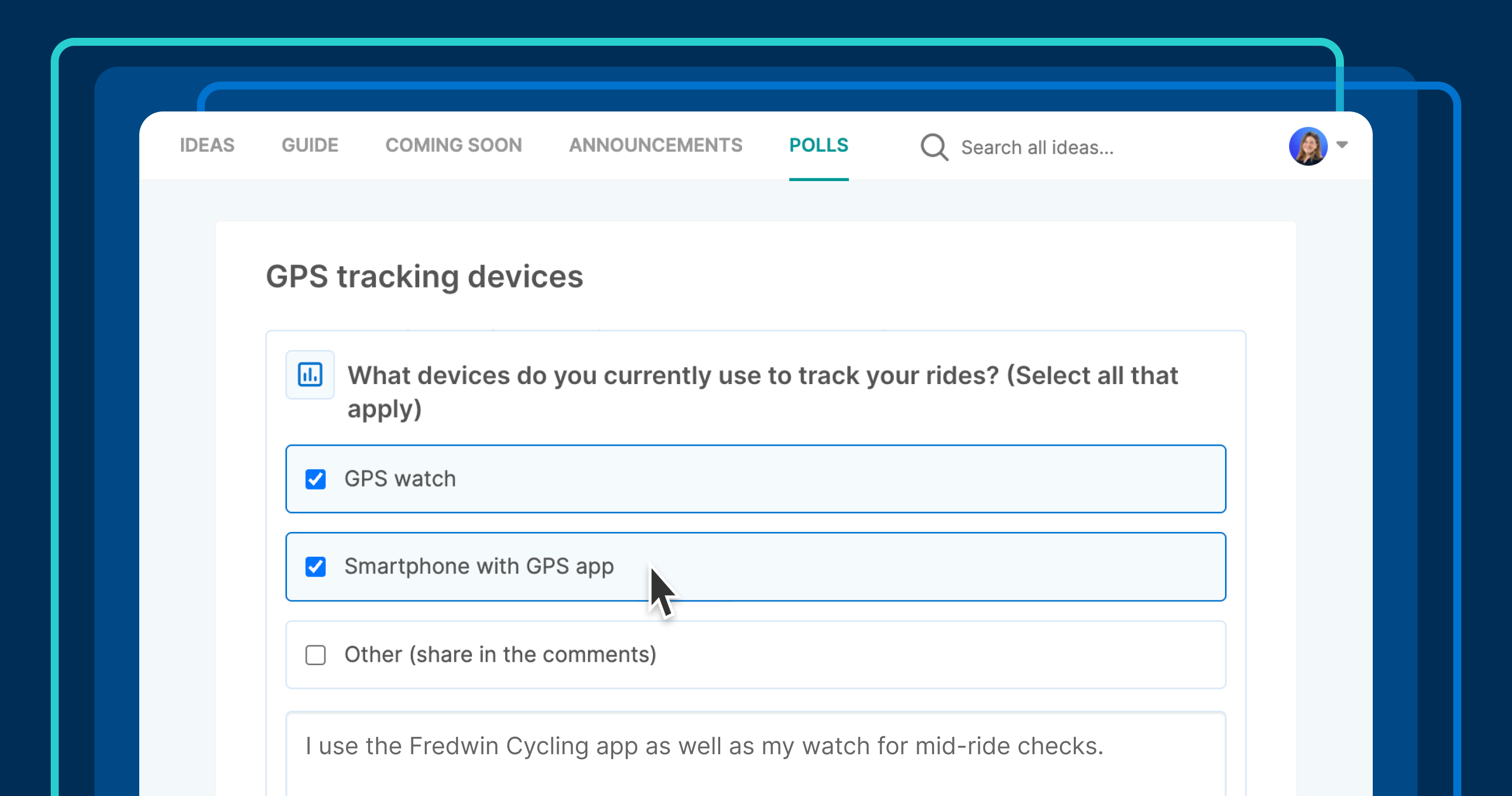




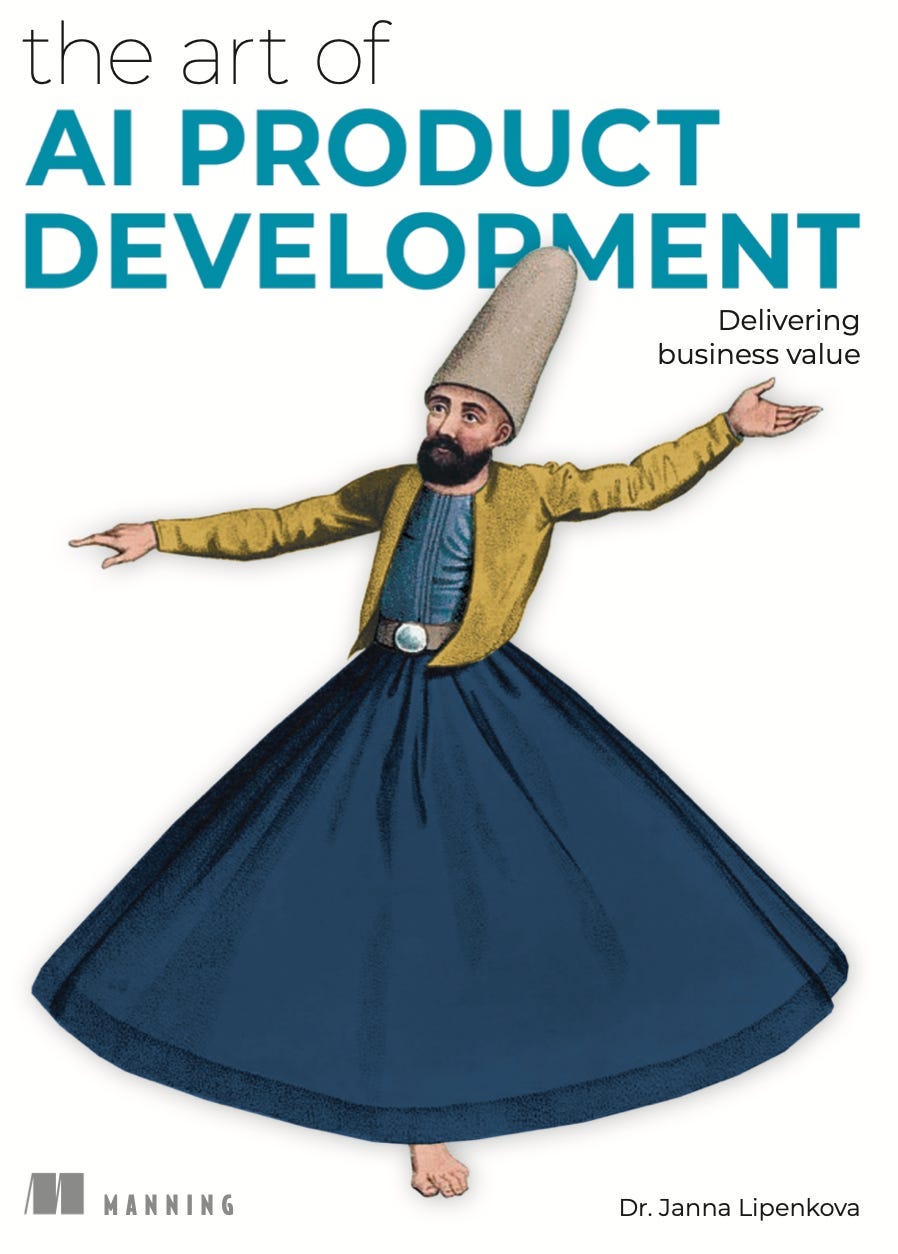

















![Building A Digital PR Strategy: 10 Essential Steps for Beginners [With Examples]](https://buzzsumo.com/wp-content/uploads/2023/09/Building-A-Digital-PR-Strategy-10-Essential-Steps-for-Beginners-With-Examples-bblog-masthead.jpg)





















